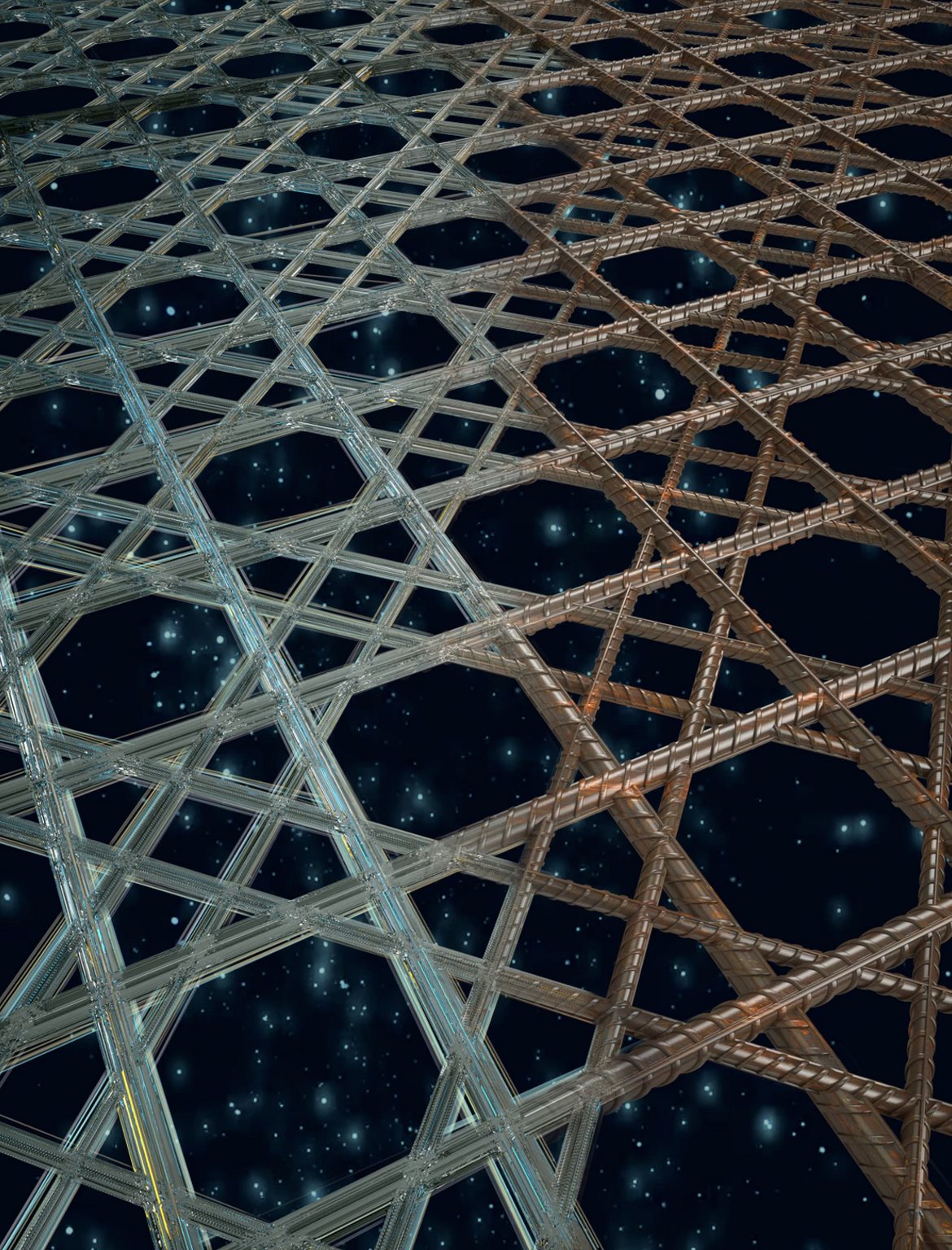Engineers from Harvard claim to have found a way to design stronger, lighter and perhaps even taller structures by copying the skeletons of deep-sea sponges.
They say bridges built this way would be 20% stronger than the design of the standard lattice truss bridge first patented in 1820.
The clue is in the skeleton of the Euplectella aspergillum sponge, which has a diagonally-reinforced, square lattice design with a higher strength-to-weight ratio than the square lattice structures we take for granted today.
To support its tubular body, Euplectella has two interlocking sets of parallel diagonal skeletal struts that fuse to an underlying square grid, creating a checkerboard pattern.
Using simulations and experiments, the Harvard team tested the sponge’s skeletal architecture against existing lattice geometries, and found that the sponge design could withstand heavier loads without buckling.
It achieved 20% extra structural strength without any additional materials.
Katia Bertoldi Ph.D., a corresponding author of the study, said it would have “huge implications for improved material use in modern infrastructural applications”.
In 1820, the American architect and civil engineer Ithiel Town patented the lattice truss bridge, which is still considered a simple, cost-effective way of stabilising square lattice structures.

Composite rendering that transitions from a glassy sponge skeleton on the left to a welded rebar-based lattice on the right, highlighting the biologically inspired nature of the research (Peter Allen, Ryan Allen, and James C. Weaver/Harvard SEAS)
“It gets the job done, but it’s not optimal, leading to wasted or redundant material and a cap on how tall we can build,” said Matheus Fernandes, a graduate student involved in the research.
“We found that the sponge’s diagonal reinforcement strategy achieves the highest buckling resistance for a given amount of material, which means that we can build stronger and more resilient structures by intelligently rearranging existing material within the structure.”
Their paper, “Mechanically robust lattices inspired by deep-sea glass sponges”, has been published in the journal, Nature Materials.
The Harvard Office of Technology Development is protecting the project’s intellectual property, as it plans to commercialise the research.
Involved in the research was Harvard’s Wyss Institute for Biologically Inspired Engineering and the John A. Paulson School of Engineering and Applied Sciences.
Top image: The skeleton of Euplectella aspergillum (Matheus Fernandes/Harvard SEAS)






